A recent study by Nduwamungu, et al., (2024) titled “New insights into the indigenous knowledge of the uses of the common stinging nettle (Urtica massaica Mildbr.) in Rwanda” published in Cogent Food & Agriculture, examines that the common stinging nettle (Urtica massaica Mildbr.) in Rwanda is used for the treatment of stomach ulcers, and hypertension is the most common use.
“
‘Igisura’ (Urtica massaica Mildbr.) as crucial for health, culture, and economic growth, urging cultivation for sustainable development in Rwanda– Nduwamungu, et al., 2024
The article delves into the Indigenous uses and potential for cultivation of the common stinging nettle (Urtica massaica Mildbr.) in Rwanda, locally known as ‘Igisura’. It explores the multifaceted roles of this plant in Rwandan communities, spanning human and veterinary medicine, nutrition, and artisanal crafts. ‘Igisura’ is cherished for its medicinal properties, traditionally employed to treat ailments such as stomach ulcers and hypertension. Beyond its medicinal value, the nettle is recognized for its nutritional benefits, adding significant dietary value. However, despite its cultural and medicinal significance, the stinging nettle remains scarce in Rwanda. The article underscores the importance of promoting its cultivation to enhance its availability and market presence. It advocates for further research into optimal agronomic practices and processing techniques to support successful cultivation and commercialization. In essence, the study provides a comprehensive overview of the stinging nettle’s importance in Rwanda, advocating for increased cultivation and utilization to harness its full potential for both local consumption and economic growth.
How the Study was Conducted
A semi-structured questionnaire was utilized for in-depth interviews with 124 respondents, selected via snowball sampling from locations where the stinging nettle grows or is domesticated. Interviews were complemented by personal observations and group discussions at the visited sites. The questionnaire was developed in English, translated into Kinyarwanda, and pretested in Rulindo district. Data were processed using SPSS for descriptive, thematic, and quantitative analysis, providing an overview of indigenous knowledge and enabling comparison of responses. Results were presented through tables and graphical illustrations.
What the Authors Found
The authors of the study found that the common stinging nettle (Urtica massaica Mildbr.) in Rwanda is used for the treatment of stomach ulcers, and hypertension is the most common use. The author also found that nettle leaves are consumed as vegetables, tea, and food supplements.
Why is this Important
Conservation of Traditional Knowledge: By documenting indigenous knowledge, the study contributes to preserving cultural practices and understanding how local communities interact with their environment.
Health and Nutrition: The stinging nettle has health benefits, including treating stomach ulcers and hypertension. Understanding its nutritional value can inform dietary choices and promote well-being.
Market Potential: Recognizing the scarcity of stinging nettle products in the market highlights the potential for cultivation and commercialization. This could benefit local economies and livelihoods.
Sustainable Livelihoods: Domesticating the stinging nettle could provide an additional income source for farmers and contribute to sustainable agriculture.
What the Authors Recommended
- Given the scarcity of stinging nettle products on the market, the authors suggest promoting the domestication of this plant. Cultivating it could increase availability and contribute to sustainable livelihoods.
- Further research is needed on agronomic practices for nettle cultivation. Understanding optimal growing conditions, soil requirements, and pest management strategies will enhance successful cultivation.
- Investigate processing methods for stinging nettle products. Developing efficient techniques for harvesting, drying, and packaging will improve market readiness.
- Efforts should be made to create awareness about the benefits of stinging nettle products. Market development strategies, including value addition and marketing campaigns, can boost demand.
In conclusion, the study illuminates the rich tapestry of uses for Urtica massaica Mildbr. (‘Igisura’) in Rwanda, emphasizing its role in traditional medicine, nutrition, and cultural heritage. By advocating for increased cultivation and market presence, the research underscores not only the plant’s health benefits and economic potential but also the importance of preserving indigenous knowledge and promoting sustainable livelihoods. Through continued research and community engagement, harnessing the full potential of ‘Igisura’ promises to enhance local well-being and economic growth in Rwanda.



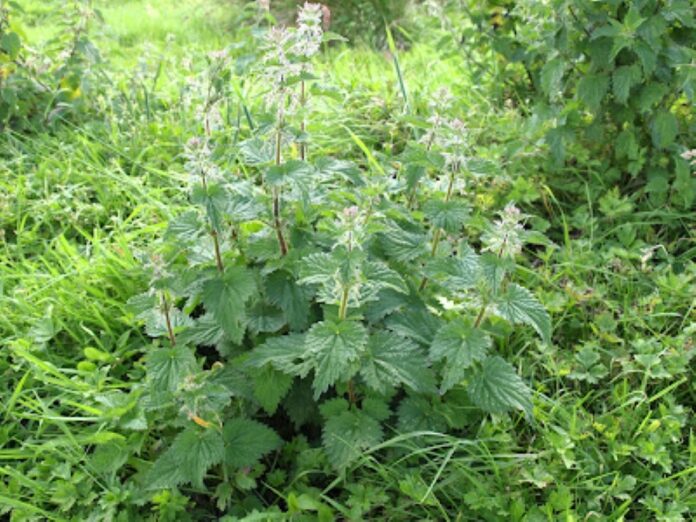

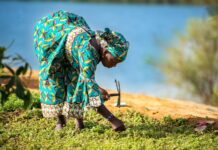

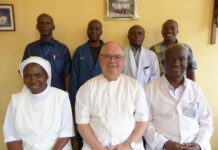
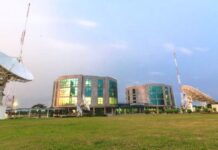
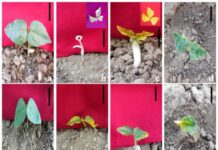
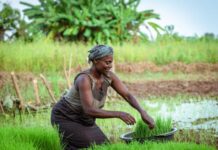

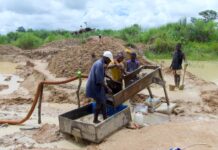



 The African Research (AR) Index is a comprehensive scholarly directory and database focused explicitly on journal publishers that publish and disseminate African research.
The African Research (AR) Index is a comprehensive scholarly directory and database focused explicitly on journal publishers that publish and disseminate African research.

